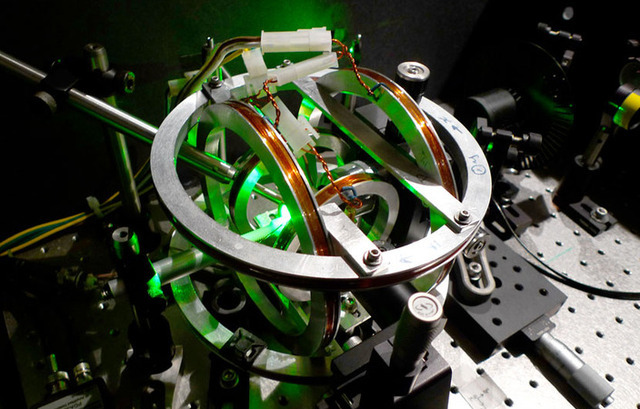
(PhysOrg.com) -- Since its discovery in 2004, graphene -- sheets of carbon an atom thick -- has sparked a flurry of research into the nanomaterial

(PhysOrg.com) -- Some six billion light years distant, almost halfway from now back to the big bang, the universe was undergoing an elemental change. Held back until then by the mutual gravitational attraction of all the matter it contained, the universe had been expanding ever more slowly. Then, as matter spread out and its density decreased, dark energy took over and expansion began to accelerate.

(PhysOrg.com) -- Physicists at the University of California, San Diego have discovered patterns which underlie the properties of a new state of matter.

Innovations in wind technology keep bringing us more efficient ways to harvest clean renewable energy from the air above us. Here's a collection of the new and exciting in the wind power revolution.

Jadav "Molai" Payeng is a local hero after single handedly planting and maintaining a 1,360 acre forest and nature reserve

New memory chips that are transparent, flexible enough to be folded like a sheet of paper, shrug off 1,000-degree Fahrenheit temperatures, and survive

Google has confirmed the existence of a project to build glasses with a heads- …

Ordinary lasers emit photons that have nearly identical frequencies, but for …

Scientists fail to find hidden dimensions, but will continue looking.

Scientist show how to make atoms swing to the beat (frequency).

The Potomac Institute for Policy Studies convened a conference of neuroscientists and philosophers to ponder how our brains generate thoughts about ethics,

In his internship project at Microsoft Applied Sciences Group, Jinha Lee developed the See Through 3D Desktop --- a 3D hardware/software

LG has begun mass production of the world’s first flexible, plastic e-ink display, ExtremeTech reports. The display has a resolution of 1024 x 768 and

A hidden, never-before-recognized layer of information in the genetic code has been uncovered by a team of scientists at the University of California, San

(PhysOrg.com) -- UCLA researchers are now able to peer deep within the world